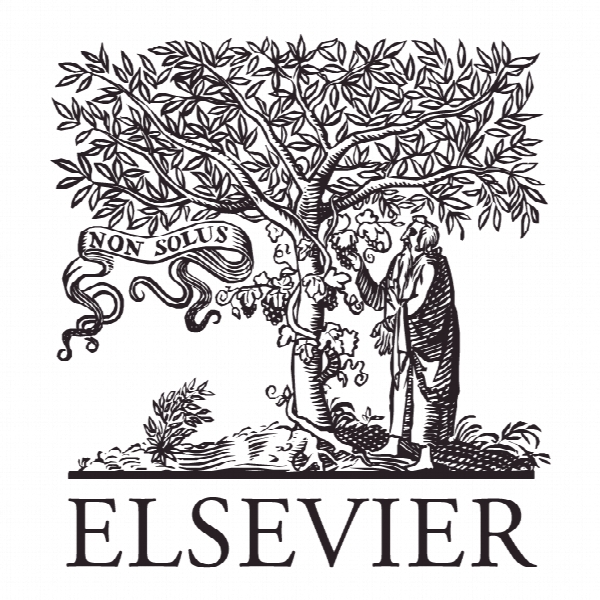عوامل مشخص کننده رضایت از خرید آنلاین و هزینه مصرف کننده در خرده فروشی الکترونیکی کدام ها هستند؟ What factors determine e-satisfaction and consumer spending in e-commerce retailing?
- نوع فایل : کتاب
- زبان : انگلیسی
- ناشر : Elsevier
- چاپ و سال / کشور: 2018
توضیحات
رشته های مرتبط مدیریت
گرایش های مرتبط تجارت الکترونیک
مجله نشریه خرده فروشی و خدمات مصرف کننده – Journal of Retailing and Consumer Services
دانشگاه Southampton Business School University of Southampton Highfield – Southampton – UK
منتشر شده در نشریه الزویر
کلمات کلیدی رضایت الکترونیکی، محیط خرید آنلاین، خرده فروشان الکترونیکی آمریکایی، هزینه خرید، تاثیر
گرایش های مرتبط تجارت الکترونیک
مجله نشریه خرده فروشی و خدمات مصرف کننده – Journal of Retailing and Consumer Services
دانشگاه Southampton Business School University of Southampton Highfield – Southampton – UK
منتشر شده در نشریه الزویر
کلمات کلیدی رضایت الکترونیکی، محیط خرید آنلاین، خرده فروشان الکترونیکی آمریکایی، هزینه خرید، تاثیر
Description
1. Introduction This research aims to provide an insight into the paradigm shift in retailing strategies utilized by firms within the retail industry. Literature demonstrates that there has been a significant structural shift towards online and digital retailing in recent years, resulting in more personalized and communicative marketing approaches; creating advantageous for both the firm and consumer (Anderson and Srinivasan, 2003; Cao and Li, 2015; Accenture Consulting, 2016). Technological advances made available upon the introduction of Web 2.0 have provided a number of platforms upon which to communicate with consumers. To achieve best results, firms must, therefore, consider the most effective platform to reach the target audience and with what message. The rapidly changing business environment requires a dynamic approach to remain competitive. The Internet is a revolutionary technological development which has impacted almost every industry. The retail industry has seen advantageous cost efficiencies offered by the Internet, which is also beneficial for the consumer for both ease of use and price transparency. Due to the price transparency offered by the Internet and increased competition amongst companies, pricing power has shifted from producers to the consumer. This has forced retail companies to adapt their business activities to reflect consumer’s needs; for example, increased availability of the Internet on multiple platforms as well as the savings available via price transparency has resulted in an online presence being imperative. As reported by Statista (2015), global e-retail sales amounted to around US$8 billion since 2013 and almost 40% of global Internet users purchased products online in 2013. Additionally, we also predict a growth of up to US$1.5 trillion by 2018 with sales increasing year-on-year (See Fig. 1). A survey of nearly 200 senior marketing managers concluded that the customer satisfaction metric is very useful in business management and review (Statista, 2015). As a result, interesting questions about levels of customer satisfaction in terms of e-commerce retailers have been raised since the rapid growth of online transactions in the service industry. Most studies in this area show that systematic differences do exist between online and offline shopping environments toward customer satisfaction (Cao and Li, 2015; Ansari et al., 2008; Kusum and Farris, forthcoming). On one hand, the e-commerce platform permits customers to sort and group information and even access opinions from online customer reviews and ratings to improve the shopping process and increase the number of options available (Bamfield, 2013; Brynjolfsson et al., 2009). On the other hand, the decreased customer satisfaction may be generated mainly due to lack of security, relevant privacy, timely human contact and service, up-to-date technology, and poor design of website pages (Pauwels et al., 2011; Bamfield, 2013). A high rate of customer retention and large sums of revenue and profits will be maintained because of the high level of customer satisfaction. That is to say; no business can survive or maintain competitiveness without appropriate levels of overall customer satisfaction. Overall, the most well-known form of online shopping is business to consumer (B2C) shopping, which is when online shoppers can order various products and, on most occasions, pay for their purchase directly via the Internet. Over the past decades, the ecommerce market in America has been developing constantly with B2C sales in the region amounting to almost 35% of global total B2C ecommerce sales in 2013. Moreover, within 14 years 2000–2014), the customer satisfaction index (ACSI) score of American-based electronic retailers increased from 78 in 2000 to 82 points in 2014, which is relatively high within the 0–100 scale (Statista, 2015) and can be demonstrated by Fig. 2 below:


